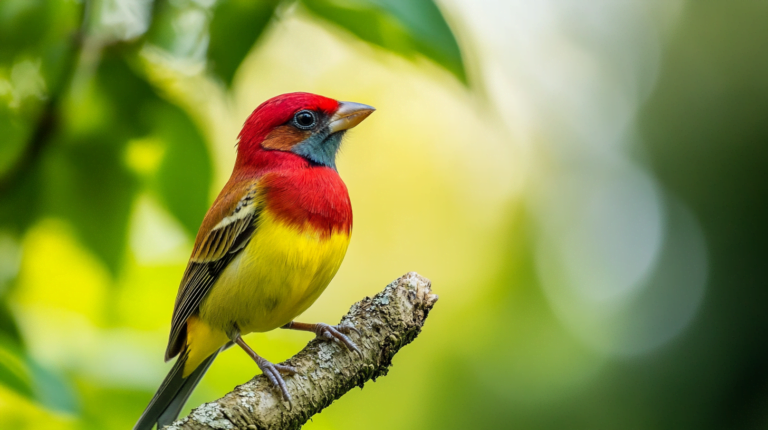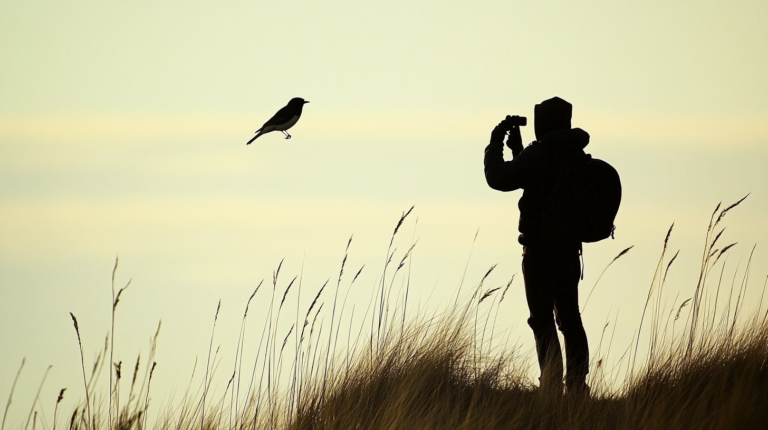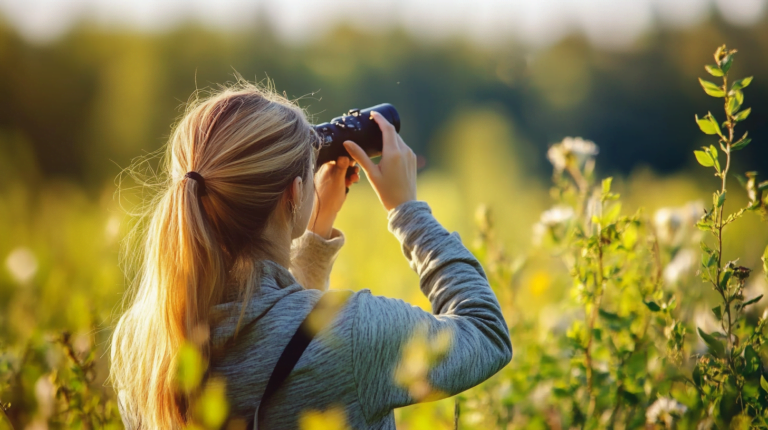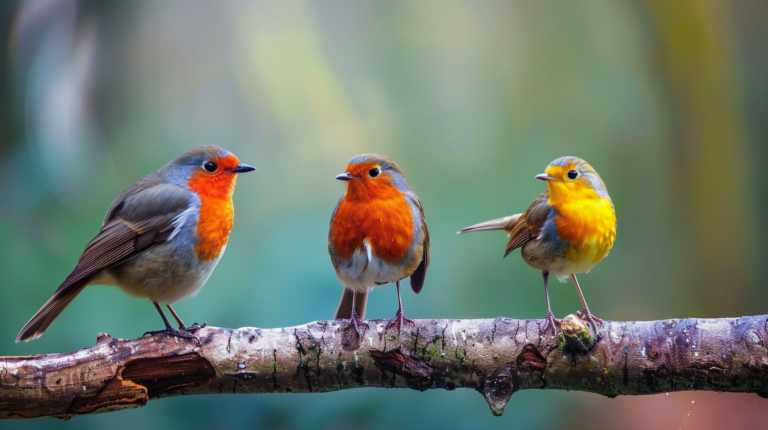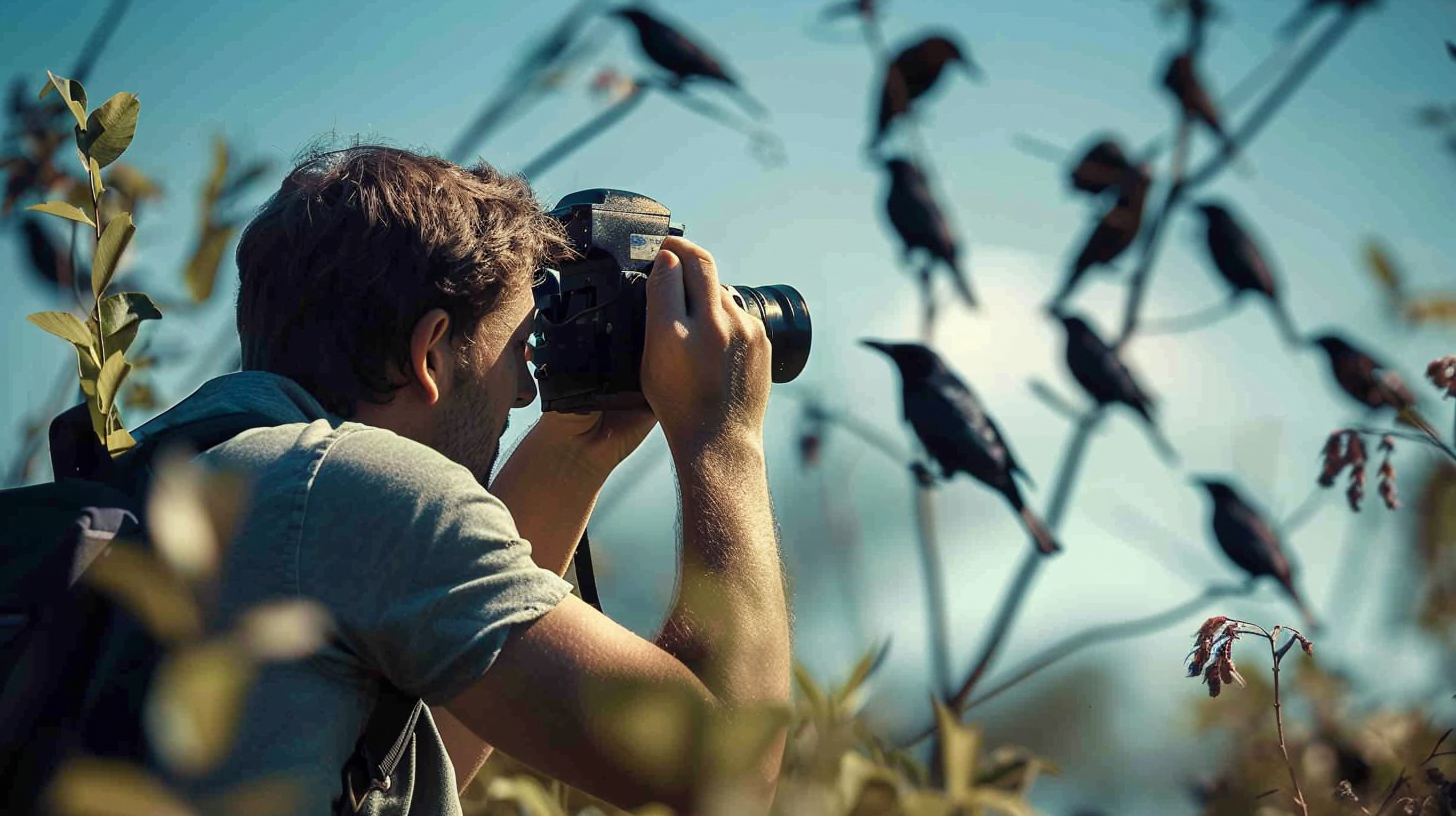
Table of Contents
Bird watching, or birding, has seen a significant rise in popularity over the years. This comprehensive guide explores the reasons behind its growing appeal, the demographics of bird watchers, the benefits of the hobby, and much more. Whether you’re a seasoned birder or just curious about this fascinating activity, read on to discover why bird watching is capturing the hearts of millions.
The Rise in Popularity of Bird Watching
Historical Context of Bird Watching
Bird watching has a rich history that dates back centuries. Initially, the study of birds involved hunting and collecting specimens. However, with the advent of optical aids like binoculars in the late 19th century, bird watching evolved into a non-invasive hobby. The publication of influential bird guides, such as Roger Tory Peterson’s Field Guide to the Birds in 1934, further fueled interest in the activity.
Recent Trends in Bird Watching
The COVID-19 pandemic played a significant role in boosting the popularity of bird watching. With lockdowns and social distancing measures in place, people turned to nature for solace. Bird watching offered a safe, engaging, and educational outdoor activity. According to a 2021 study, bird watching saw a 34% increase in participation during the pandemic.
Statistics:
- 3 million adults in the UK regularly go birding.
- 47 million birders in the United States as of 2011.
Reasons Behind the Popularity of Bird Watching
Mental Health Benefits
Mindfulness and Stress Reduction
Bird watching is a form of mindfulness that helps reduce stress and anxiety. A 2017 study by the University of Exeter found that people who spent time watching birds experienced lower levels of depression, anxiety, and stress. The act of focusing on birds and their behaviors helps individuals live in the present moment, providing a mental escape from daily worries.
Cognitive Benefits
Engaging in bird watching can improve cognitive functions such as memory and attention. Observing and identifying different bird species requires concentration and mental agility, which can help keep the mind sharp.
Physical Health Benefits
Encourages Physical Activity
Bird watching often involves walking, hiking, or even climbing to get a better view of birds. This physical activity can improve cardiovascular health, increase stamina, and help maintain a healthy weight. The NHS recommends at least 150 minutes of moderate activity per week, and bird watching can be a fun way to achieve this goal.
Social Benefits
Building Communities
Bird watching fosters a sense of community. Many bird watchers join local clubs or online forums where they can share their experiences, tips, and sightings. This social interaction can reduce feelings of loneliness and build lasting friendships.
Family and Intergenerational Activity
Bird watching is a family-friendly hobby that can be enjoyed by people of all ages. It provides an opportunity for families to spend quality time together and for different generations to bond over a shared interest.

Bird Watching Demographics
Who is Bird Watching?
Age Groups
Bird watching attracts people of all ages, but it is particularly popular among older adults. The average age of a bird watcher in the United States is around 53 years old.
Gender Distribution
Bird watching is enjoyed by both men and women, although some studies suggest a slightly higher participation rate among women.
Geographic Distribution
Bird watching is popular worldwide, with notable hotspots in North America, Europe, and Australia. In the United States, states like California, Texas, and Florida are particularly well-known for their diverse bird populations.
Bird Watching Equipment and Resources
Essential Bird Watching Gear
Binoculars
A good pair of binoculars is essential for bird watching. They allow you to see birds up close without disturbing them. When choosing binoculars, consider factors like magnification, lens quality, and weight.
Field Guides and Apps
Field guides and mobile apps can help you identify different bird species. Popular options include the Sibley Guide to Birds and the Merlin Bird ID app.
Additional Gear
Other useful equipment includes spotting scopes, cameras, and notebooks for recording sightings. A camera harness can help distribute the weight of your gear, making it more comfortable to carry.
Bird Watching Locations
Popular Bird Watching Spots
Some of the best bird watching locations in the United States include:
- Cape May Bird Observatory in New Jersey
- Audrey Carroll Audubon Sanctuary in Maryland
- Second Mountain Hawk Watch in Pennsylvania
Urban Bird Watching
Bird watching isn’t limited to rural areas. Many cities have parks and green spaces where you can observe a variety of bird species. Urban bird watching can be just as rewarding as birding in more remote locations.
Economic Impact of Bird Watching
Bird Watching as an Industry
Tourism and Travel
Bird watching has a significant economic impact, particularly in regions known for their bird diversity. Bird watchers often travel to specific locations to see rare or migratory species, contributing to local economies through spending on lodging, food, and tours.
Case Study:
In Alaska, bird watching tourism generated $378 million in 2016, supporting approximately 4,000 jobs.
Retail and Equipment Sales
The bird watching industry also includes the sale of equipment such as binoculars, cameras, and field guides. Retailers benefit from the growing interest in bird watching, with birders spending significantly more on gear compared to other outdoor enthusiasts.
Challenges and Future of Bird Watching
Environmental and Conservation Issues
Habitat Loss and Climate Change
Bird populations are under threat from habitat loss and climate change. Conservation efforts are crucial to protect bird habitats and ensure the survival of various species. Bird watchers can play a role in these efforts by participating in citizen science projects and supporting conservation organizations.
Conservation Efforts
Organizations like the Audubon Society and the Royal Society for the Protection of Birds (RSPB) work tirelessly to protect bird habitats and promote conservation. Bird watchers can contribute by volunteering, donating, or simply spreading awareness.
Future Trends in Bird Watching
Technological Advancements
Technology is making bird watching more accessible and enjoyable. Apps like eBird allow bird watchers to record and share their sightings, while social media platforms help connect birding communities worldwide.
Increasing Accessibility
Efforts are being made to make bird watching more inclusive. Initiatives to increase diversity in bird watching aim to engage underrepresented groups and make the hobby accessible to everyone.
Conclusion
Summary of Bird Watching Popularity
Bird watching is more than just a hobby; it’s a way to connect with nature, improve mental and physical health, and build a sense of community. Its growing popularity is a testament to the many benefits it offers.
Final Thoughts on the Future of Bird Watching
As bird watching continues to gain popularity, it’s essential to support conservation efforts and make the hobby accessible to all. Whether you’re a seasoned birder or a curious beginner, there’s always something new to discover in the world of bird watching.

Additional Resources
Further Reading and References
- The Sibley Guide to Birds by David Allen Sibley
- Birds of North America by Kenn Kaufman
- Slow Birding: The Art and Science of Enjoying the Birds in Your Own Backyard by Joan Strassmann
Recommendations for Bird Watching Communities and Organizations
- Audubon Society
- Royal Society for the Protection of Birds (RSPB)
- eBird
Get Started with Bird Watching
If you’re new to bird watching, start by visiting a local park or nature reserve. Bring a pair of binoculars and a field guide, and take your time observing the birds around you. Join a local bird watching group to meet like-minded individuals and learn from experienced birders. Happy birding!
